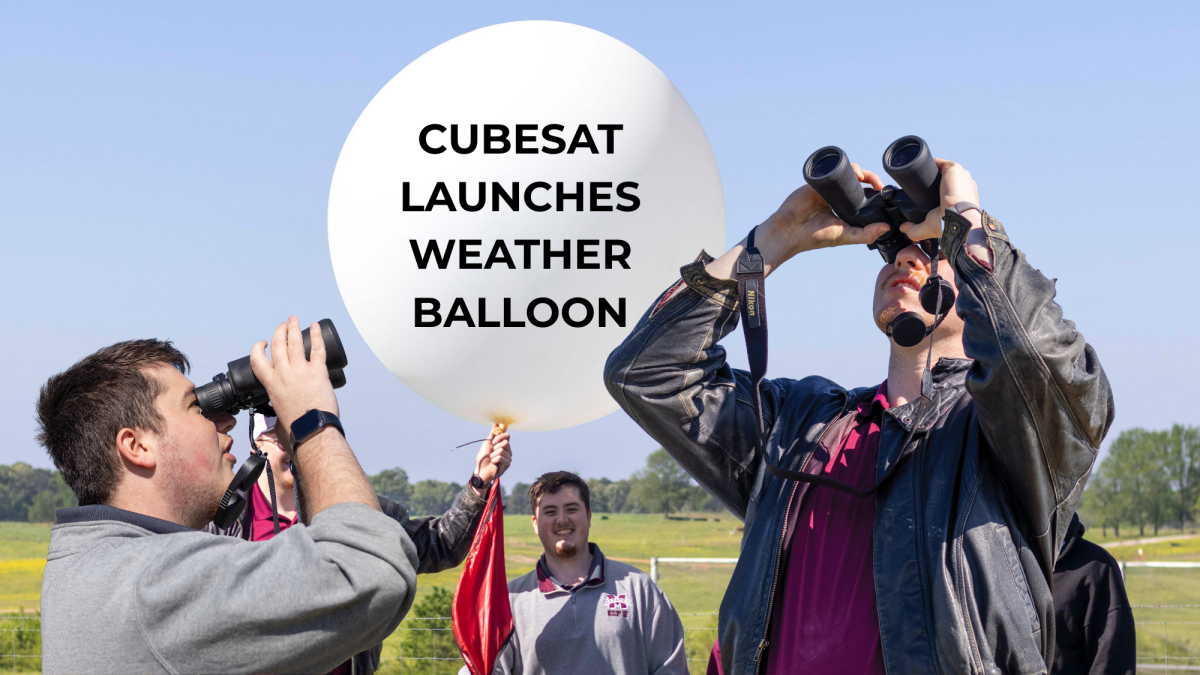There is a lot more to putting out a newspaper than writing stories, taking pictures and having them printed. And there are a lot more people involved than writers, photographers and editors.
“This is especially true this year,” said editor Boyd Gatlin, “since we do so much more of our own work in the office now.”
Since The Reflector is printed by “offset”, or lithography, a great deal is accomplished toward turning the piles of pictures and copy into a finished newspaper before it leaves the office for the printing plant.
After each piece of copy has been edited and approved for printing, it is sent to the typing room for type-setter Judy Hill to prepare for printing. Judy types the copy into a “Justowriter” recorder, which electronically records a typing code on a perforated tape. The tape has two codes punched in it. One is to cause a second machine to type the words recorded; and the other, produced by a computer in the back of the machine, will tell the second machine what space adjustments must be made to produce “justified” copy, or copy that has even margins to fit into the paper’s columns.
After the tape has been punched in the first machine, the recorder, it is fed into the second, the reproducer. The reproducer reads the perforated tape code and automatically retypes the copy into uniform columns. The copy is then ready for placing In the paper.
Each column of copy is then pasted down on a “dummy” sheet in the position it will appear In the finished paper. Headlines are set on a special headlining machine on strips of paper. These are also glued into position on each page. Production manager Bob Sanford handles this important job.
After each story and ad has been positioned on the proper page and in the proper position, the newspaper “dummy” is ready for the printer.
Salesman Jim Walton drives the dummy to Philadelphia, Miss., where the paper is printed by the Neshoba Democrat press.
Each page of the “dummy” is photographed and a negative is made. The negative is then placed on a sheet of light-sensitized aluminum. Light is shot through the negative and onto the aluminum sheet wherever a clear spot appears on the negative. Thus the aluminum is exposed according to the exact pattern of the page to be printed. The aluminum is then converted into a printing plate by developing it as a photograph. Every spot on the aluminum which has been exposed to light will be raised above the rest of the plate surface, thus producing the finished printing plate, which is placed on a roller in the press. Approximately 45 minutes later The Reflector has been printed, with the entire printing process taking five hours after the “dummy” leaves the Reflector office.











